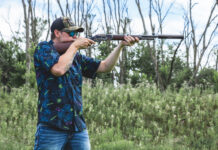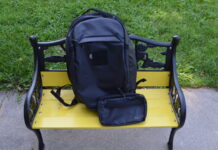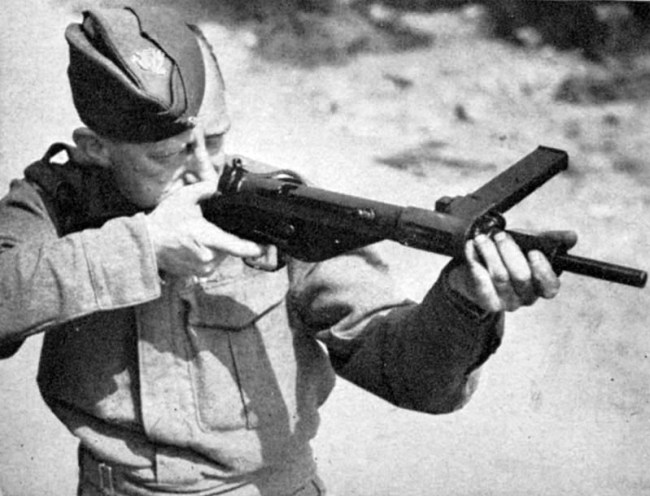
There are two things in this world made from a series of tubes: the internet and the Sten gun. Almost everything about the Sten gun is tubular. The barrel, obviously, but also the receiver and the majority of the stock. It’s the definition of a tube gun, aka the toob. The Sten is the British forces’ iconic World War II submachine gun.
Sten should actually be spelled STEN because it’s an acronym. The S and T stand for Reginald Shepherd and Harold Turpin, the gun’s creators. What does the EN stand for? Well, that’s up in the air. Some claim it’s Enfield, but Enfield didn’t develop the gun. Other sources claim the EN stands for England, which might be the more credible entry into the argument.

Shepherd and Turpin designed the Sten to fill an immediate need of British military forces. The British Expeditionary Force in France was desperate for submachine guns, but the British had none to send. They scrambled to fill an easily predictable gap in their armaments. After World War I, it became clear that the submachine gun would be the cool new kid on the block.
The Birth of the Sten
Everyone adopted an SMG. Americans had the Thompson, Germans had the MP-40, Russians had various PPSH guns, and the list goes on. That is until we hit the British, who declined to seriously develop a submachine gun in a post-World War I world. Out of desperation, they bought Thompsons, but they really needed a weapon they could produce quickly and cheaply. After the disaster at Dunkirk, the need grew even more.
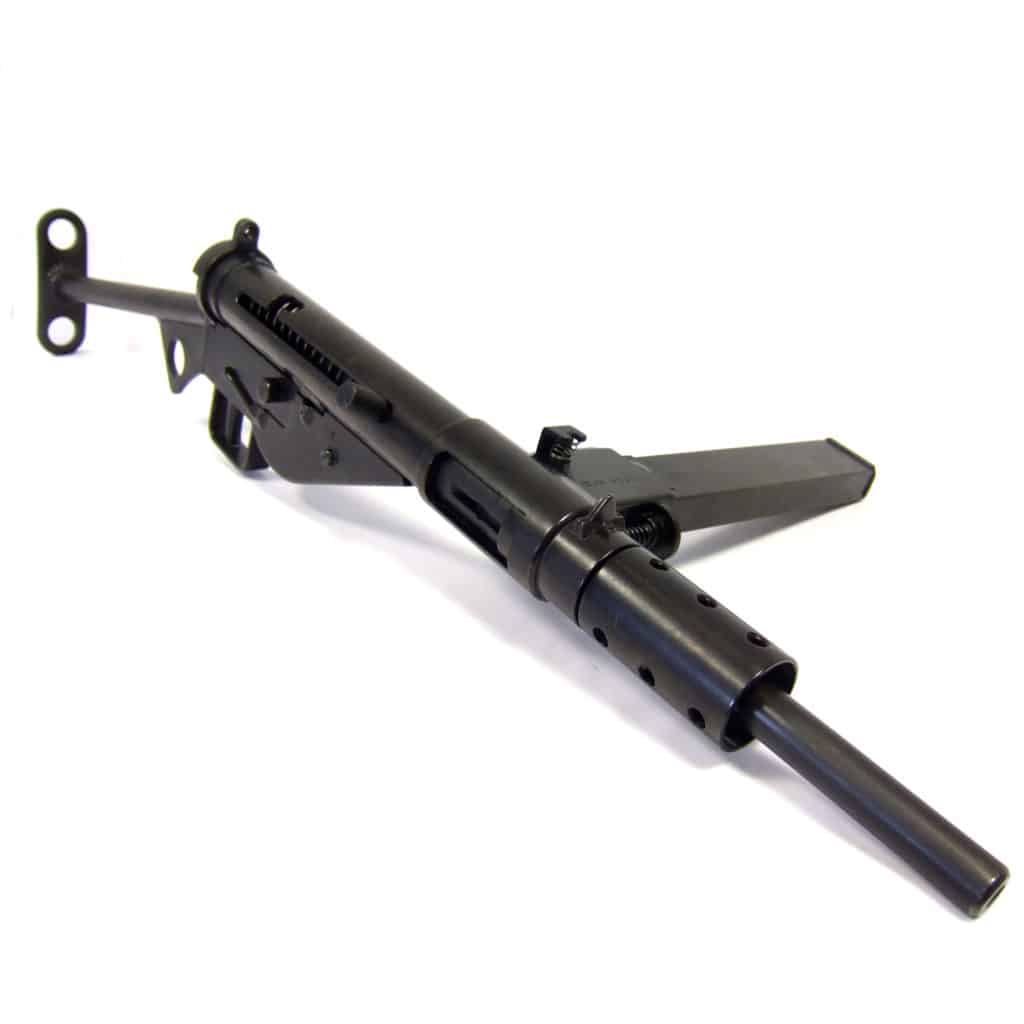
The design started with a simple sketch for a simplified trigger design. From that sketch, the Sten gun was born. They designed this gun to be so ludicrously simple that the receiver of the tool room sample was made from the leg of a Vickers machine gun tripod. This tool room sample fired 100 rounds during a demonstration. Prototypes came and went, and the design proved viable.
Oh Hi Mk
This officially became the Sten Mk1, and shortly after improvements, it was turned into the Sten Mk1*. The Mk1 wouldn’t serve for long, but it set the standard for Sten guns. While the Sten is as British as Earl Grey tea, the Germans had a little influence on the design. The Sten gun took design cues from the British Lancaster SMG, which took cues from the German MP28. This is why the magazines are horizontal rather than vertical. Admittedly the Sten gun was slightly behind the times, but damn did it work!
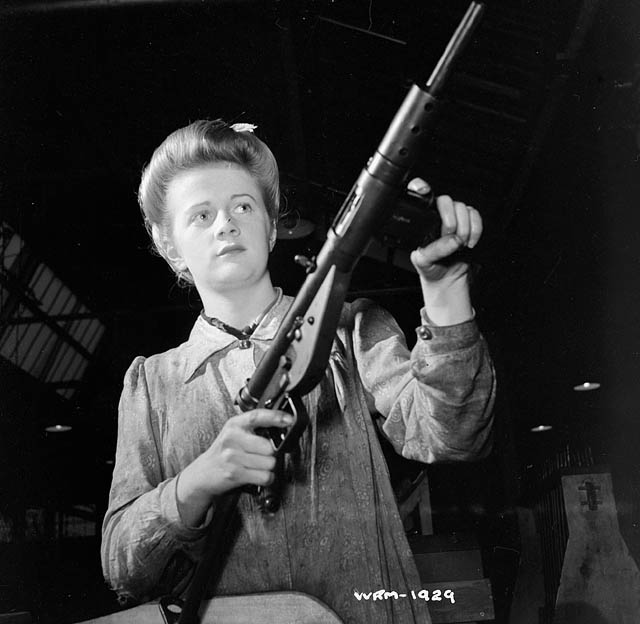
Since the Brits were doing this on the cheap, the guns were fairly crude. They used stamped metal and very minor welding, which required little machining. Tiny machine shops could produce parts, and assembly was done at Enfield. Singer, as in Singer Sewing Machines, snatched the first contract for the Mk1. Over 300,000 Mk1 Stens were produced before they were designated as too complicated. The MK2 simplified the design further and made a few changes to make the guns easier to use for paratroopers.
The Mk2 ended up being the most widely produced Sten gun. While the Mk2 made some changes, it was still a Sten gun at its core. The Mk2(S) even added an integral suppressor in ‘43. Which leads us to the question, what is a Sten gun?
What is a Sten Gun?
The Brits made the Sten gun as simple as it could be. It’s an open-bolt, straight blowback-operated submachine gun with a fixed firing pin. The trigger only has one goal, which is to release the bolt. When the bolt’s released, it flies forward and fires the gun, and the gun continues to fire until the trigger is released or the gun runs out of ammo.
We don’t get a real safety on the gun. The most you get is a slot that the bolt slides into and locks. Surprisingly, the Sten had a fire selector. The Tommy wielding the gun, pressed a selector right or left to turn the gun from safe to semi-auto.
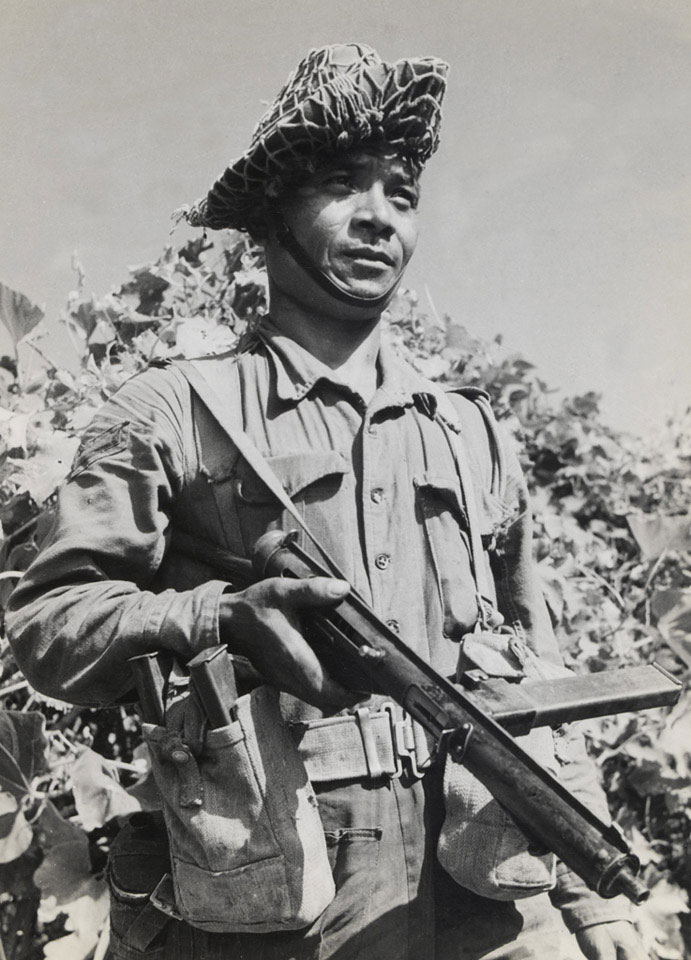
God forbid you jar the gun too hard. During the Sten gun’s service, there were numerous accidental discharges, some of which resulted in casualties. If the bolt was locked to the rear and the stock hit a surface a little too hard, the bolt could fly forward and discharge the gun.
In terms of reliability, the gun has a hit-or-miss reputation. These guns were made quickly and cheaply. They were damn near disposable. If one broke, you tossed it into a pile and grabbed another. Over their years of production, small changes were made to increase reliability and production. By 1942, Sten guns were generally considered reliable weapons.
The World of the Sten Gun
The Sten Mk2 hit the sweet spot for the Sten gun. While it was an acceptable design, there were numerous small improvements, and a variety of generations came beyond the Mk2.
The Mk3 was the second most produced Sten gun. It offered 21 fewer parts than the Mk 2. The gun was lighter, but the magwell and barrel couldn’t be removed, which made fixing the guns impossible in some cases. The Mk3 turned out to be less reliable, and they were discontinued in 1943.
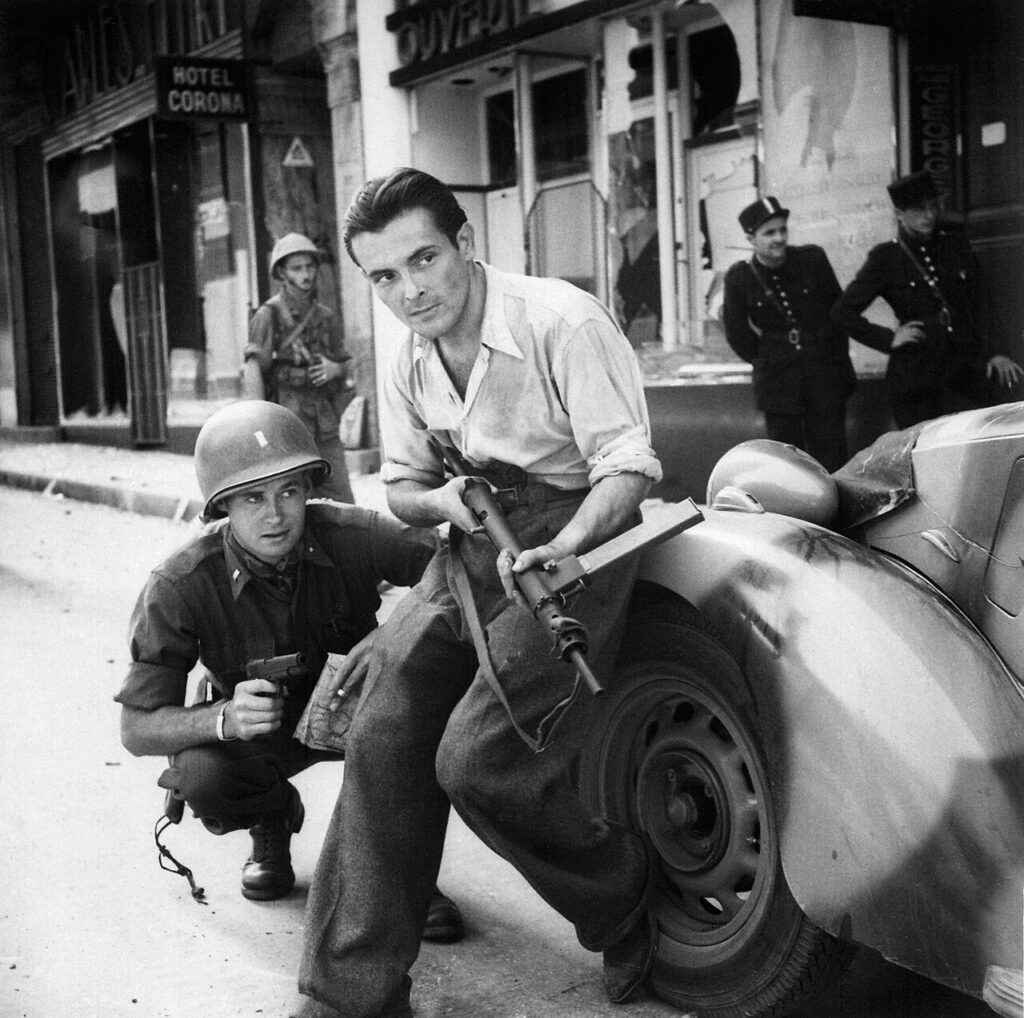
The Mk4 was only ever a prototype and was aimed at bringing an integrally suppressed Sten to bear. It also featured an odd collapsing stock to make it a bit shorter. The Mk4 never advanced beyond a few prototypes.
The Mk5 provided users with a bayonet mount and a wood pistol grip and stock. This was one of the highest-quality Sten guns. There was an experimental series of Mk5 Stens with a swivel stock and periscope-style sights to shoot around corners.
Finally, we had a Mk6 which was a suppressed model of the Mk5.
After World War II
The Sten stuck around for quite some time after World War II. It served with the Brits until the 1960s, and various copies were made around the world. The simplicity of the gun made it an easy choice for military forces from Argentina to Israel. To this day, the Sten is likely off somewhere is some warzone, still showing why tube guns just work.

